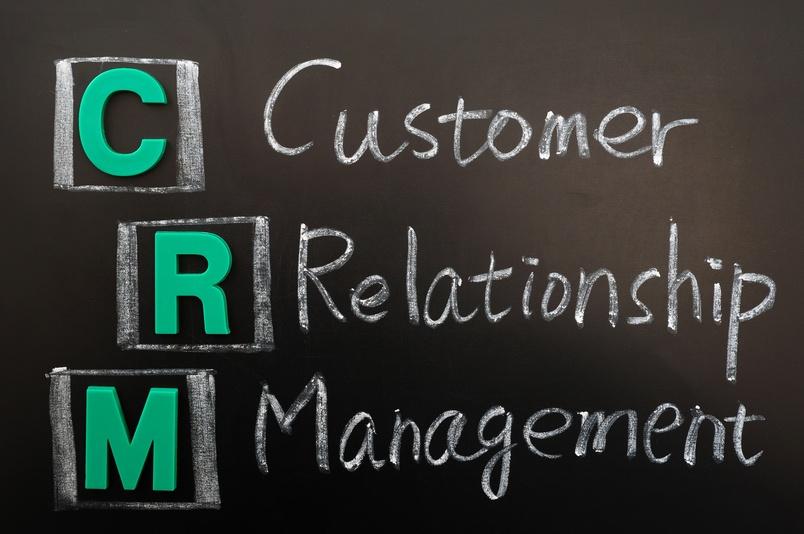While spreadsheets are relatively easy to use and widely known, it’s definitely not the most efficient or effective way to collect, analyze, and manage business data, especially if you’re a company that’s hoping to grow in the near future.
There are clear distinctions between the features of a CRM versus a spreadsheet. If you have to manage multiple leads coming in and have a multi-step sales process, using a CRM system may be a step worth taking, and need not cost much.
ACCESSIBILITY
CRM:CRMs often provide a free mobile application available for you and your team’s use, allowing accessible no matter where you are. This data is automatically entered into your CRM software; everyone on your team will be able to access and analyze that new information, whether they’re in the office, working from home, or on the road.
Spreadsheet:Sharing data with team members, although possible via cloud storage like Dropbox, is difficult. New data might be recorded on your mobile phone, personal computer, or simply handwritten notes.
ANALYTICS
CRM:CRM gives you a complete look at the overall sales funnel, detailing a clear visualization of where prospects are within the cycle. This visualized process is automatic when adding data to the CRM, and is available to view directly within the software.
Spreadsheet:It can be difficult to understand relationships between spreadsheet data because there’s no way to report or manage it. Data is shown without allowing for any further analyzing, unless you go beyond the spreadsheet.
CUSTOMIZATION
CRM:Customization is a major benefit of utilizing a CRM. With most customer relationship management tools, you’re able to make it work perfectly for your business’s unique needs. In addition, CRM allows you to treat every customer as uniquely as possible; you are able to identify patterns among customers and cater content offers, emails, or sales calls to specific interest levels.
Spreadsheet:While Excel is very well-known and simple to understand and use, there’s not a lot available in terms of customization. With Excel, you get what you’re paying for, which in most cases isn’t a whole lot besides simple data templates. Additionally, there’s no good way to be able to identify patterns or cater marketing deliverables uniquely to potential customers.
MARKETING AUTOMATION
CRM:Some CRM systems provide marketing automation right within the software. Tools included with marketing automation include:
- Campaign management
- Email marketing
- Email designer
- Lead qualification
- Lead scoring
- Landing page integration
- Web visitor tracking
Spreadsheet:Marketing automation isn’t a part of a spreadsheet’s capabilities.
INTEGRATION
CRM:There’s a ton of seamless integration opportunities that come with using a CRM, including Xero, QuickBooks, marketing automation, ERP software, and more. No more dealing with manually porting information into countless spreadsheet templates.
Spreadsheet:With spreadsheets, there’s no direct integration with other software packages, such as the ones listed above. With speadsheets, you’ll need to port over information manually, rather than having an instant integration through various software platforms.
There is a range of dedicated CRM systems out there at low cost and some project management software systems even include CRM functionality to manage leads. I use Capsule-CRM which costs about US$12 per month and links in to my free version of Mailchimp to manage newletter emails, etc. It’s a cost well worth it.
Need to review your marketing and sales processes? Contact me by clicking HERE and I will make a time to discuss your needs.
Andy Burrows – The Trades Coach

